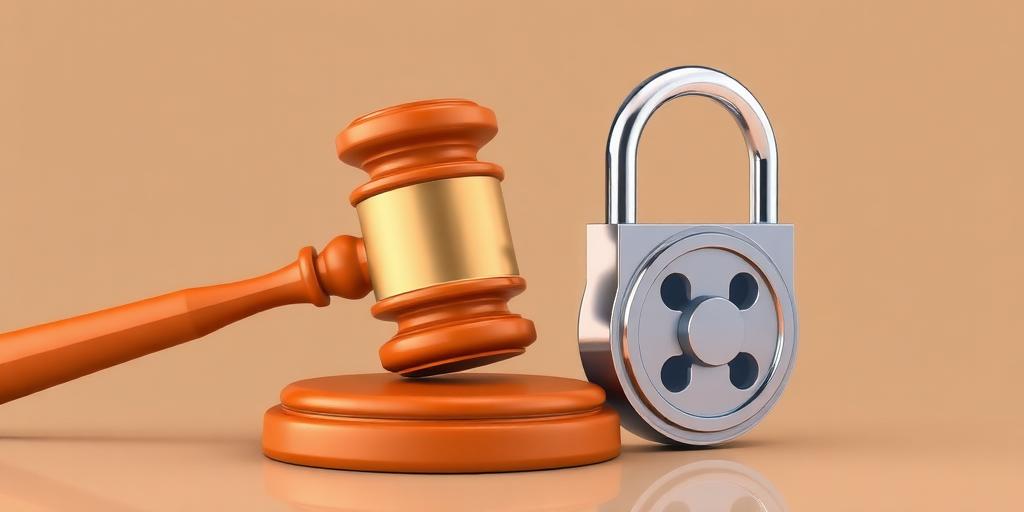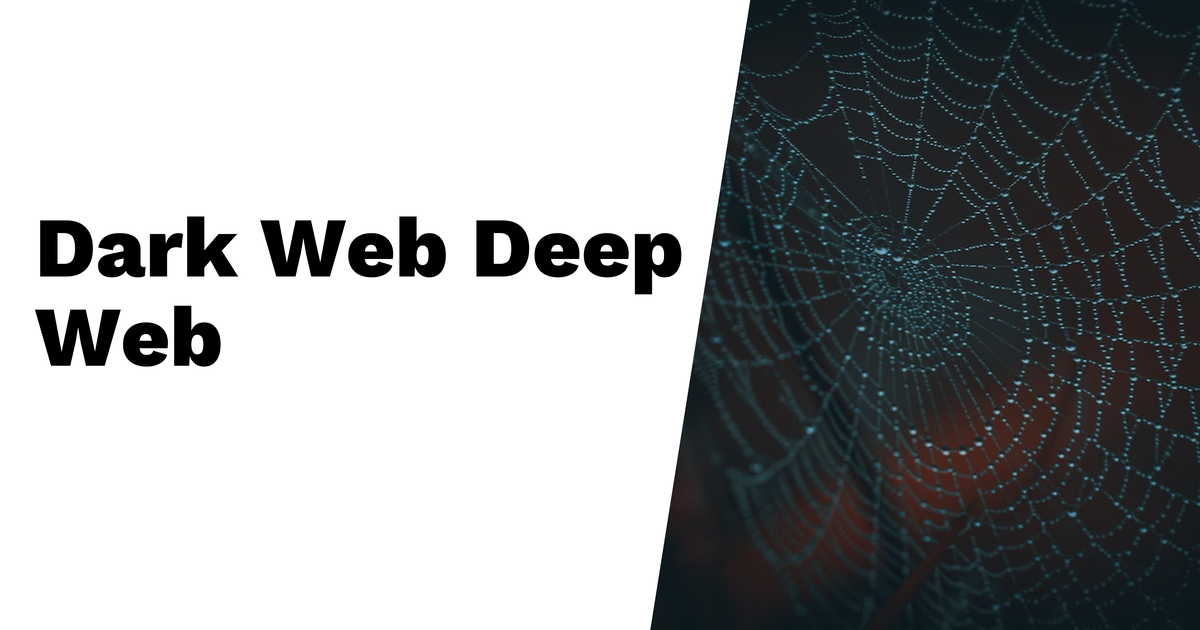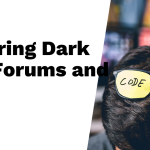In 2025, the Dark Web and Deep Web continue to serve distinct roles on the internet. The Deep Web encompasses everything not indexed by standard search engines, like banking sites and academic databases, which aim for privacy and security. It makes up about 90% of the internet. In contrast, the Dark Web is a smaller section of the Deep Web that requires specific software to access, often linked with both illicit activities and legitimate uses such as secure communication for journalists. While accessing either is generally legal, engaging with illegal content on the Dark Web can lead to serious consequences. Understanding these differences remains vital for safe browsing in today’s digital landscape.
Table of Contents
- Definitions of Deep Web and Dark Web
- How Accessible Are They?
- The Purposes Behind Each
- Security Levels Comparison
- Types of Content Found
- User Intent and Motivation
- Legal Implications of Accessing
- Searchability of Each Web Type
- Risks Associated with Each
- Examples of Deep Web and Dark Web
- Frequently Asked Questions
1. Definitions of Deep Web and Dark Web

The Deep Web refers to all parts of the internet that standard search engines cannot index. This includes content like academic databases, private networks, and subscription services. It’s a vast space, making up about 90% of all online content, and it is generally safe and legal to access. People use the Deep Web for everyday activities, such as online banking and accessing research materials.
On the other hand, the Dark Web is a specific part of the Deep Web that requires special software, like Tor, to access. It is intentionally hidden and often linked to anonymity. While it is frequently portrayed negatively, associated with illegal activities such as drug trafficking, there are also positive uses, like providing a platform for secure communication among journalists and activists. The distinction between the two is important, as the Deep Web is largely composed of legitimate content, while the Dark Web contains a mix of legal and illicit materials.
2. How Accessible Are They?
The Deep Web is quite easy to access, as it can be reached through any standard web browser like Chrome or Firefox. Everyday activities like online banking or accessing subscription services are common examples of how people interact with the Deep Web without even realizing it. However, accessing the Dark Web is different; it requires specific software, such as the Tor browser, which masks a user’s IP address to maintain anonymity. Navigating the Dark Web can be complicated for newcomers since it often involves knowing specific links or using specialized directories to find content. Unlike the user-friendly design of most Deep Web sites, which cater to routine tasks, Dark Web sites can be confusing due to their unique layouts. Additionally, while accessing the Deep Web usually requires logging in with credentials, the Dark Web’s accessibility is limited to those who are willing to go through the extra steps, which can deter casual users.
3. The Purposes Behind Each
The Deep Web and Dark Web serve very different purposes, reflecting the diverse needs of their users. The Deep Web is primarily about practicality and privacy in everyday activities. It encompasses essential services like online banking, medical records, and academic research, where confidentiality is crucial. Most people interact with the Deep Web daily, often without realizing it, as they access their email or manage personal information. This web layer exists to protect sensitive data and provide secure transactions.
In contrast, the Dark Web is a more complex environment. It offers anonymity and privacy for those who require secure communication, such as whistleblowers and activists operating in oppressive regimes. While it indeed facilitates illegal activities, it also serves as a platform for free speech and the sharing of sensitive information that might otherwise be suppressed. Communities on the Dark Web often discuss topics that are not safe to explore in public forums, creating a unique space for expression and protection from surveillance.
Both the Deep Web and Dark Web provide avenues for privacy, but their contexts differ significantly. Users of the Deep Web typically seek security for routine tasks, while those who venture into the Dark Web often have motivations rooted in the need for extreme privacy, whether for legitimate concerns or illicit purposes.
4. Security Levels Comparison
The Deep Web typically employs robust security measures to protect user data. Most sites use encryption and require secure logins, which can include two-factor authentication for added safety. This makes the Deep Web a relatively secure environment for users engaging in routine online activities such as banking or accessing private information. Users can generally trust the institutions behind these sites, as they are often reputable organizations.
In contrast, the Dark Web relies heavily on anonymizing technology to protect user identities. While this can provide a level of safety, it also exposes users to significant risks. The lack of regulation means that scams and malware are common threats. Moreover, verifying the legitimacy of services and content can be extremely challenging. Cybercriminals are drawn to the Dark Web, which increases the danger for those who venture there. Users must have a solid understanding of security practices to navigate safely, as the environment can be treacherous.
| Aspect | Deep Web | Dark Web |
|---|---|---|
| Access Method | Regular web browsers | Specialized software (e.g., Tor) |
| Security Measures | Encryption and secure logins, often including two-factor authentication | Anonymity and encryption, can also expose users to risks |
| Risk Level | Generally low if security best practices are followed | Higher due to scams, malware, and illegal activity |
| User Trust | Users can generally trust institutions behind the sites | Legitimacy of services and content can be difficult to verify |
5. Types of Content Found
The Deep Web is home to a variety of content essential for privacy and security. This includes medical records, academic papers, legal documents, and even personal emails. Institutions that manage sensitive data rely on this structured and organized content for tasks like research, healthcare management, and legal proceedings. On the other hand, the Dark Web presents a chaotic mix of legal and illegal content. It features marketplaces where users can buy illicit goods, forums for hackers discussing techniques or trading information, and platforms that allow whistleblowers to share sensitive data anonymously. While some Dark Web spaces facilitate discussions on controversial topics that may be censored elsewhere, they are often accompanied by the risk of encountering illegal activities. Additionally, the Dark Web does offer legitimate services, such as secure communication channels for journalists and privacy advocates. However, navigating its unregulated environment can be challenging and risky.
- Deep Web hosts a variety of content, including medical records, academic papers, and legal documents.
- Dark Web contains a mix of legal and illegal content, with a significant portion dedicated to illicit activities.
- Deep Web is crucial for institutions that manage sensitive data and require privacy.
- Dark Web includes marketplaces for illegal goods, forums for hackers, and whistleblower platforms.
- Deep Web content is often structured and organized for ease of access and use.
- Dark Web content can be chaotic and unregulated, making navigation difficult.
- Deep Web resources are generally reliable and reputable.
- Dark Web can host discussions on controversial topics that might be censored in other forums.
- Deep Web is essential for a range of professional and personal tasks.
- Dark Web can also include legitimate services for secure communications and privacy.
6. User Intent and Motivation
The intent behind using the Deep Web often revolves around legitimate needs. Users typically seek privacy for tasks like banking, email communication, or accessing secure databases. Many individuals navigate through the Deep Web without even realizing it, as their everyday online interactions, like checking email or managing finances, often occur in this space. In contrast, the Dark Web attracts a different type of user. Here, the motivations can be more complex. Some individuals seek anonymity, wanting to escape surveillance or censorship, while others may be drawn to engage in illegal activities. There are also users who access the Dark Web to share sensitive information without being tracked, reflecting a need for privacy amidst heightened scrutiny. The user intent varies widely between these two realms: the Deep Web caters to safe, practical needs, while the Dark Web appeals to those willing to take risks, whether for curiosity about taboo subjects or for participating in illicit activities. This diversity in motivation highlights the multifaceted nature of internet usage in 2025.
7. Legal Implications of Accessing
Accessing the Deep Web is perfectly legal and often involves everyday online activities, such as managing bank accounts or accessing educational resources. In contrast, while simply visiting the Dark Web is not illegal, many activities that take place there are, including illegal drug sales and trafficking in stolen data. This presents a significant risk for users who may inadvertently engage with illicit content. The Deep Web is generally compliant with regulations and designed to protect user privacy, ensuring that activities like online banking and medical records remain secure and legal. However, users of the Dark Web need to exercise caution, as law enforcement actively monitors this space for illegal activities. Understanding these legal boundaries is crucial; Deep Web users typically have legal protections due to the nature of their content, whereas Dark Web users risk legal consequences if they engage in illegal transactions. It’s essential for anyone navigating these two parts of the internet to be aware of the potential legal implications.
8. Searchability of Each Web Type
The searchability of the Deep Web and Dark Web presents unique challenges for users. Deep Web content, which includes databases, medical records, and financial information, cannot be indexed by traditional search engines. This means that without the right credentials, much of this information remains hidden. Users can access Deep Web resources easily if they have the necessary login details, but finding them can still be problematic due to the lack of standard search functionality.
On the other hand, the Dark Web also escapes the grasp of conventional search engines. Accessing .onion sites requires specific software like Tor, and users often must know the exact URLs to navigate effectively. While specialized search engines tailored for the Dark Web, such as DuckDuckGo, can help users locate these sites, the process can still be cumbersome. Dark Web users frequently rely on forums and directories to discover new content, which adds another layer of complexity. This obscurity, while providing anonymity, also makes finding relevant information a challenging endeavor.
9. Risks Associated with Each
The risks tied to the Deep Web and Dark Web vary significantly. For users navigating the Deep Web, the dangers are generally low, especially if they maintain good security practices like using strong passwords and enabling two-factor authentication. This section of the internet is often focused on legal activities, such as online banking or accessing academic resources, which helps keep users safe. However, risks still exist. For example, data breaches can occur if security measures fail, potentially exposing personal information.
In contrast, the Dark Web presents a much higher level of risk. This hidden part of the internet attracts malicious actors and exposes users to scams, malware, and illegal content. Engaging in transactions here can lead to dangerous situations, including phishing attempts and hacking. While accessing the Dark Web itself is legal, involvement in illegal activities can result in law enforcement scrutiny, putting users at risk of severe consequences.
Awareness of these risks is crucial for both Deep Web and Dark Web users. While the Deep Web’s security measures often mitigate potential dangers effectively, the Dark Web remains a perilous place, particularly for those seeking anonymity without understanding the associated risks.
10. Examples of Deep Web and Dark Web
The Deep Web is filled with vital resources that people use daily, often without realizing it. For instance, online banking sites keep your financial information secure, while medical records ensure patient privacy. Academic databases provide access to research journals, and subscription services like Netflix offer a wealth of entertainment behind a paywall. Additionally, government resources and corporate databases play crucial roles in maintaining privacy and security for businesses and citizens alike.
On the other hand, the Dark Web features a mix of content, some of which is illegal. This includes .onion sites that host illicit marketplaces for drugs and stolen data, as well as forums where hackers exchange information. However, it also supports legitimate activities, such as SecureDrop, which enables whistleblowers to communicate safely and anonymously with journalists. Thus, while the Dark Web is often associated with cybercrime, it can also serve important social functions, depending on user intent.
Frequently Asked Questions
What is the deep web and how is it different from the dark web?
The deep web includes all parts of the internet not indexed by search engines, like private databases, medical records, and email accounts. The dark web, on the other hand, is a small part of the deep web that is intentionally hidden, usually requiring special software to access.
Is everything on the dark web illegal?
Not everything on the dark web is illegal, but it does host many illegal activities. There are also legitimate uses, like privacy-focused communication and forums for sharing information securely.
Can I access the deep web easily?
Yes, you can access the deep web easily as it covers a wide range of content that doesn’t require special tools. Most of it is just not accessible through regular search engines.
Why do people use the dark web?
People use the dark web for various reasons, including seeking privacy, engaging in discussions without censorship, and accessing content that may be blocked in their region.
How do I stay safe while browsing the dark web?
To stay safe while browsing the dark web, use a reliable VPN, stay on reputable sites, avoid sharing personal information, and be cautious about downloading files.
TL;DR The Deep Web comprises all online content not indexed by traditional search engines, serving everyday needs like banking and email, while the Dark Web is a hidden subset accessed with special software, often linked to illegal activities but also used for secure communications. Accessibility differs significantly, with the Deep Web being easily accessible via standard browsers and the Dark Web requiring specific tools. Both have legal implications: accessing the Deep Web is legal, whereas the Dark Web can involve legal risks depending on user activities. The types of content found vary widely, with the Deep Web housing legal resources and the Dark Web containing a mix of lawful and illicit material, underscoring the importance of understanding these differences to navigate the internet safely in 2025.





